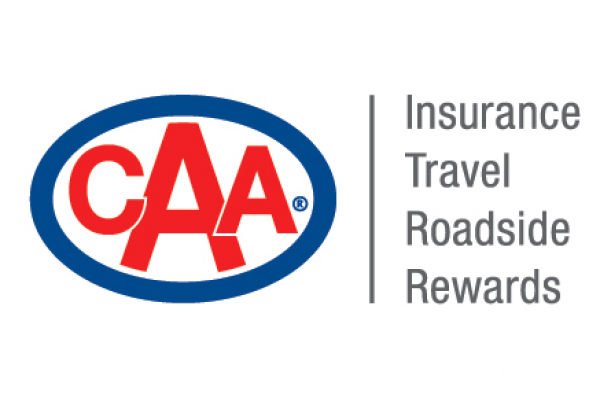It’s a brand platform and tagline that tells the story of who we are and what we stand for as an organization.
CAA South Central Ontario (CAA SCO) today announced a new tagline – Driven by Good™. Accompanied by a new brand platform, this will create a sustained and consistent approach for marketing the CAA club brand moving forward. It will also help to express CAA values and a commitment to always doing the right thing as an organization.
The new brand platform was created in partnership with BIMM and reinforces why CAA was named the most trusted brand in Canada for the third year in a row in the annual Gustavson Brand Trust Index, released last week.
“This new marketing approach will help CAA Members create a deeper, more emotional connection to our brand,” said Rhonda English, chief marketing officer, CAA Club Group of Companies. “For over 115 years, we have been helping people through advocacy and roadside assistance and for decades with travel and insurance. CAA has been approaching business in a positive and impactful way since its inception and it is time to align our marketing and communications accordingly.”
Driven by Good™ was inspired by the people who work at CAA SCO and how they strive to do the right thing for Members and customers every day. It was inspired by a vision of a world where people who, when faced with a choice to do the easy thing, the reactionary thing, the thing that best serves them, pause, and make a choice to do good.
As the platform and tagline were developed, CAA collected more than 250 stories of Associates going above and beyond to do the right thing in their day-to-day lives. Stories like the colleague who cleared all the vehicles of snow in her apartment parking lot after a nasty snowfall. Or the Associate, an amateur photographer, who set up his garage like a photo studio so he could take photos of his neighbour's ill child and her father. Or the co-worker who scrambled to find a coat and warm clothing to help someone in distress.
“All of these stories, big and small, show how CAA is made up of Associates who are truly driven by doing good in the world. We are proud that our Associates bring this same approach to their work, showing that as an organization we aren’t driven by profit, we are focused on keeping Members safe and adding value to their day-to-day lives,” continued English. “We are inspired by these kind and courageous acts, which represent a world that we want to be a part of and contribute to.”
The first campaign that is part of the new brand platform launches today, to begin to tell CAA's story in this new way. It is focused on inviting our audience into the ‘World of Good’ that we all want to live in. It showcases the good choices that people make that we at CAA are inspired by every day. It also draws on stories and experiences from Associates across the organization focused on how we are Driven by Good™.
For more information and to see CAA’s newest brand spot, go to https://www.caasco.com/campaigns/brand/driven-by-good.





